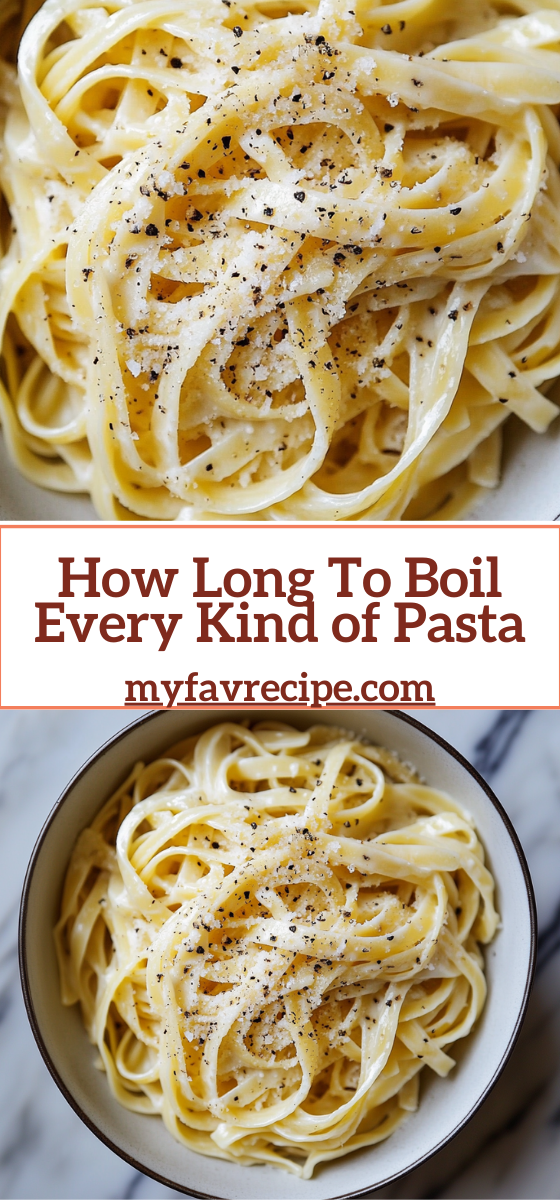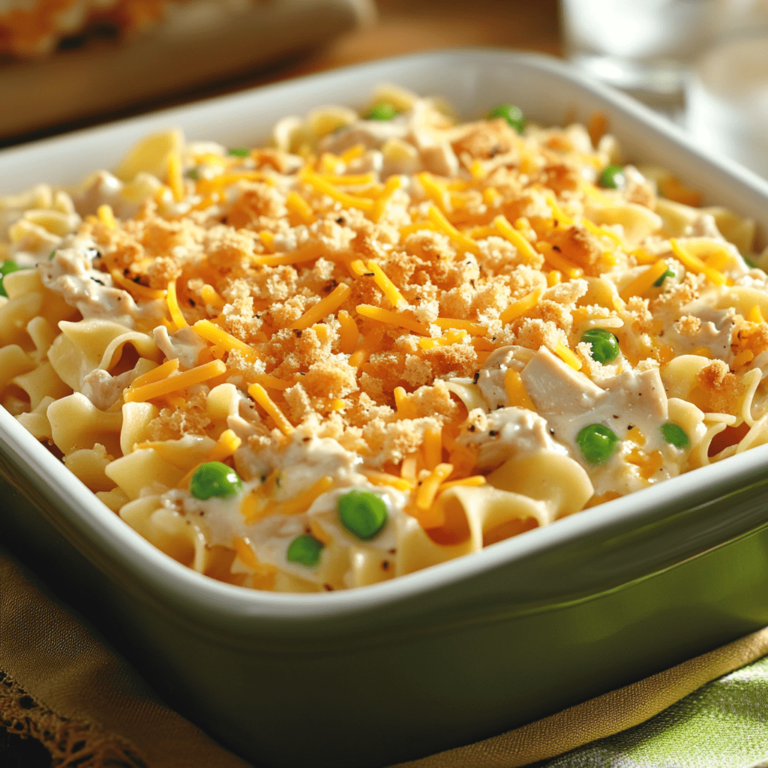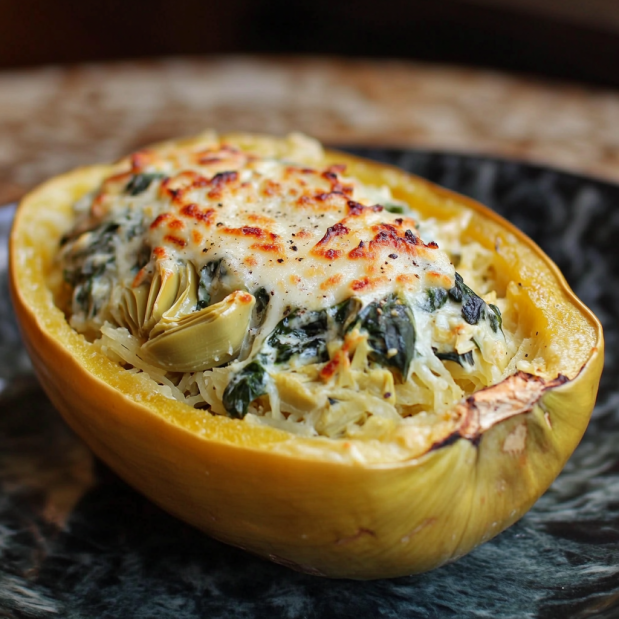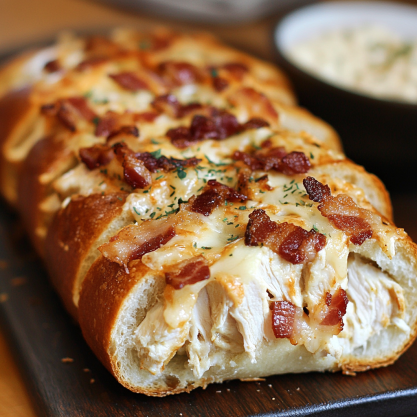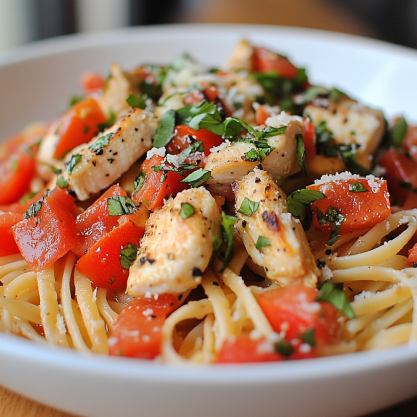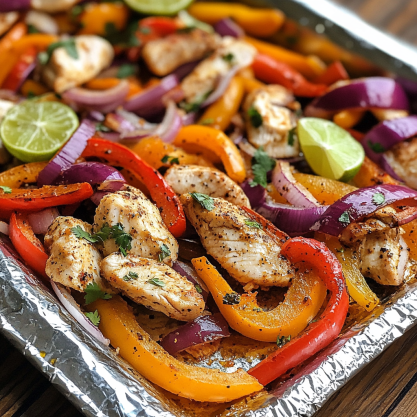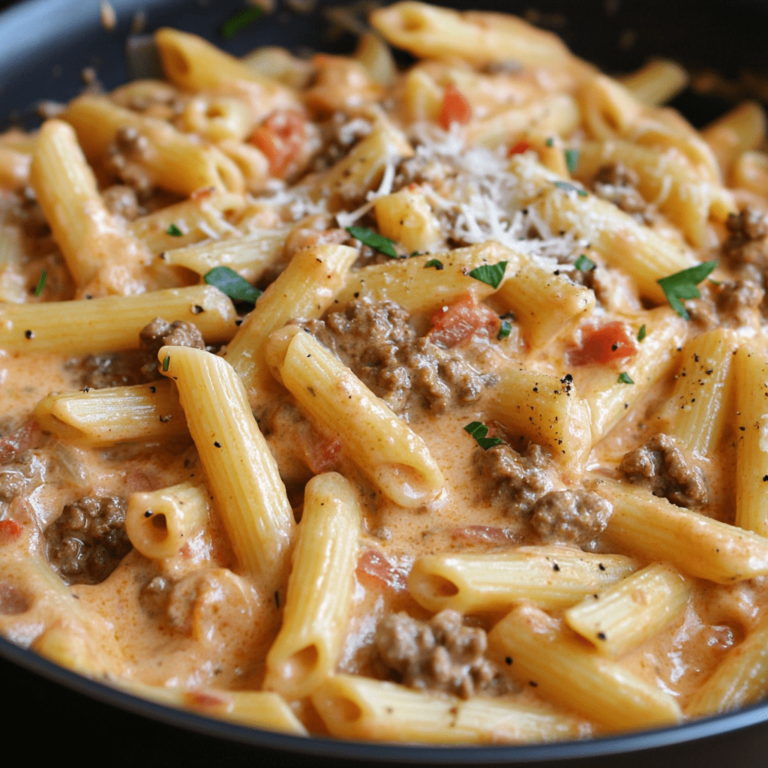How Long To Boil Every Kind of Pasta – Cooking Guide
Pasta lovers, get ready to level up your cooking game! This guide is your key to nailing the perfect pasta cooking time. We’ll explore different pasta types and share secrets for that ideal al dente bite.
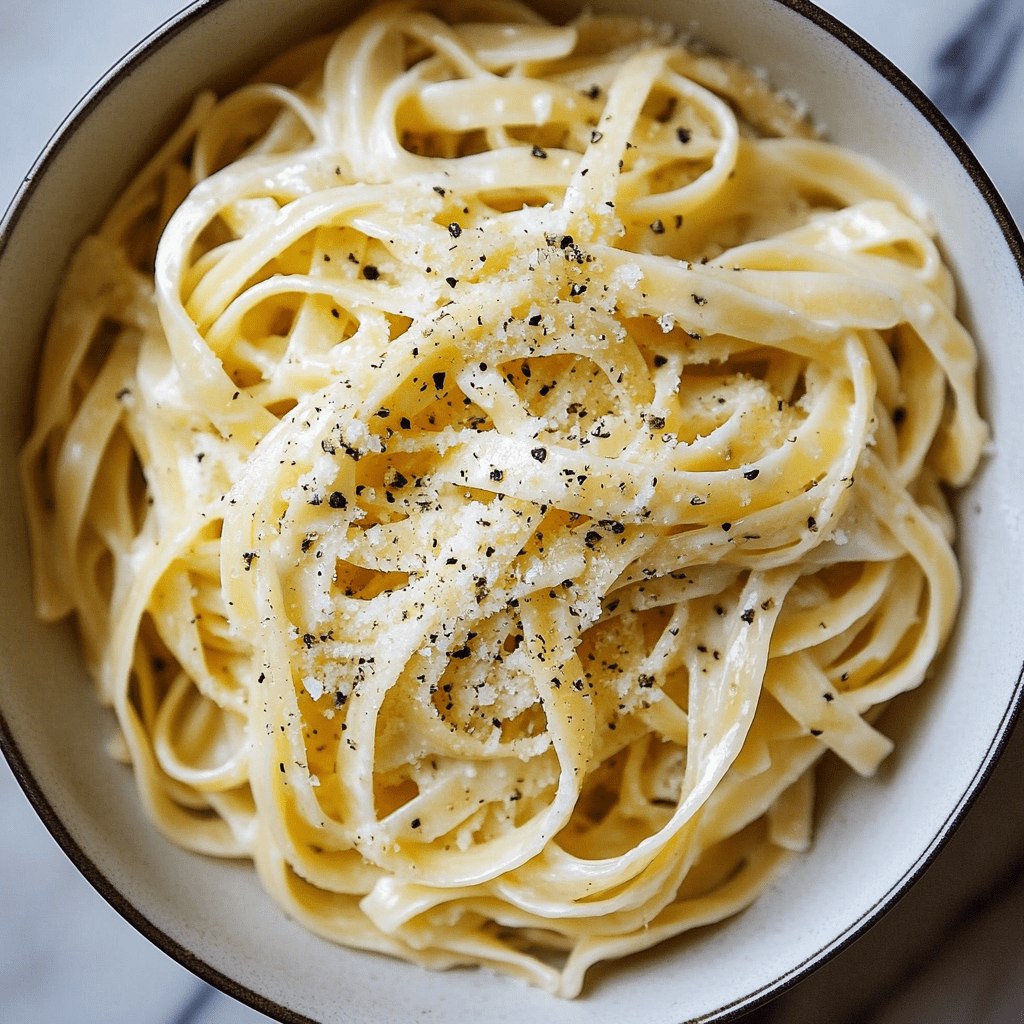
From short penne to long spaghetti, we’ve got you covered. You’ll learn how to boil pasta like a pro, avoiding common mistakes along the way. Whether you’re a newbie or a seasoned cook, our tips will help you create restaurant-quality pasta dishes at home.
So grab your favorite pasta shape and let’s dive in! We’ll uncover the best ways to cook each type, ensuring your pasta is always just right. Get ready to impress your family and friends with your newfound pasta expertise.
Understanding Pasta Types and Their Cooking Basics
Pasta comes in many forms, each with unique cooking needs. Knowing the differences between fresh pasta and dried pasta is key to perfecting your pasta dishes. Let’s dive into the world of pasta shapes and how they affect your cooking process.
Fresh vs. Dried Pasta: Key Differences
Fresh pasta is made with eggs and flour, giving it a tender texture. It cooks quickly, often in just 2-3 minutes. Dried pasta, on the other hand, is made from semolina and water. It has a longer shelf life and takes more time to cook, usually 8-12 minutes.
The Role of Pasta Shapes in Cooking Time
Pasta shapes play a big part in how long they take to cook. Thin shapes like angel hair cook faster than thick ones like rigatoni. Flat noodles like fettuccine cook quicker than tubular shapes like penne. Knowing your pasta shapes helps you time your cooking just right.
How Water-to-Pasta Ratio Affects Cooking
The amount of water you use matters. A good rule is 4 quarts of water for every pound of pasta. This gives the pasta room to move and cook evenly. Not enough water can lead to sticky pasta. Too much water can make the pasta lose flavor.
“Pasta is all about balance – in shape, in cooking time, and in the water you use. Get these right, and you’re on your way to pasta perfection.”
Remember, practice makes perfect when it comes to cooking pasta. Don’t be afraid to experiment with different shapes and types to find your favorite combinations.
How Long To Boil Every Kind of Pasta
Mastering pasta cooking time is key to creating the perfect dish. Different pasta shapes and types require specific boiling times. This ensures they reach that ideal al dente texture. Let’s explore how long to boil every kind of pasta for delicious results.
Short Pasta Cooking Times
Short pasta shapes like penne, fusilli, and farfalle cook faster. This is because of their compact size. The pasta cooking time for these varieties ranges from 8 to 12 minutes.
Keep an eye on the pot and test a piece at the 8-minute mark. This ensures you don’t overcook.
Long Pasta Cooking Times
Spaghetti, linguine, and fettuccine are long pasta types. These noodles generally need 9 to 13 minutes to cook. Remember, thinner strands like angel hair pasta cook faster.
Thicker varieties like bucatini may need extra time.
Specialty Pasta Cooking Times
Stuffed and whole grain pastas require special attention. Ravioli and tortellini usually cook in 4 to 9 minutes. Whole grain pasta might need 6 to 10 minutes.
Always check the package instructions for specific guidance. This ensures you know how long to boil these pasta types.
Fresh Pasta Cooking Guidelines
Fresh pasta cooks much quicker than dried varieties. Most fresh pasta only needs 2 to 4 minutes to reach perfection. Keep a close watch and taste-test frequently.
This prevents overcooking these delicate noodles.
Remember, these pasta cooking times are general guidelines. Factors like altitude and personal preference can affect the exact duration. Always taste-test your pasta near the end of the suggested cooking time for the best results.
Perfect Al Dente: Mastering Pasta Texture
Getting the perfect al dente pasta texture is an art. “Al dente” means “to the tooth” in Italian. It describes pasta that’s firm when bitten. Mastering this technique makes your pasta dishes stand out.
The secret to perfect al dente pasta is in the cooking time. Start by following the package instructions. But, test it about two minutes before the suggested time. Bite into a strand or piece. You want a slight resistance in the center, not hard or mushy.
“Al dente pasta should have a slight bite to it, but still be tender throughout,” says Chef Maria Rossi of New York’s acclaimed Italian eatery, Pasta Paradise.
Here’s a simple test to check if your pasta is al dente:
- Cut a piece of pasta in half
- Look at the cross-section
- You should see a tiny white dot in the center
- This indicates the pasta is cooked through but still firm
Pasta keeps cooking a bit after draining. Remove it from the water when it’s just shy of your desired texture. This keeps your al dente pasta with its perfect bite.
Mastering al dente pasta takes practice. Don’t get discouraged if it’s not perfect the first time. With each try, you’ll get better and soon cook pasta like a pro.
Recipe card
Ready to master boiling pasta? This recipe card will help you cook pasta perfectly every time. Follow these steps for a delicious result that’s sure to impress.
Equipment
- Large pot
- Colander
- Wooden spoon
- Timer
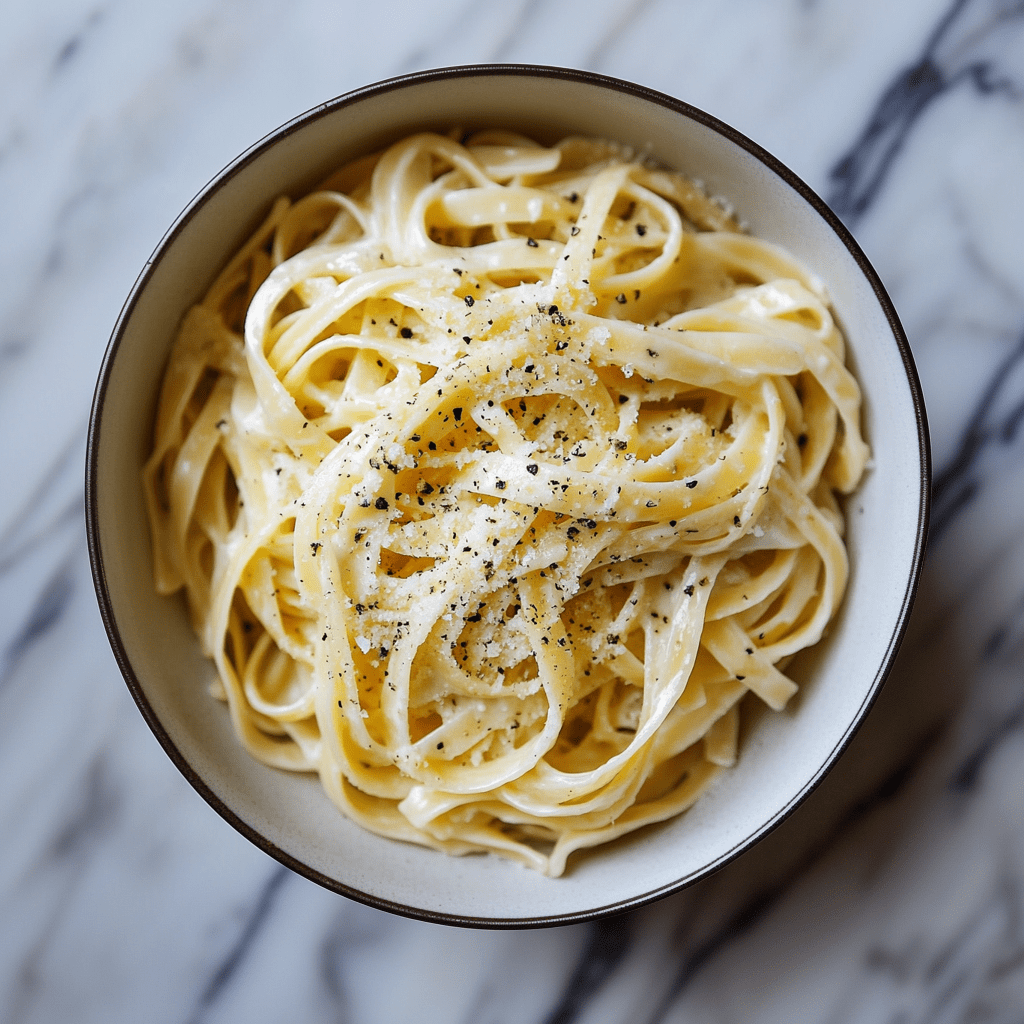
Ingredients
- 1 pound pasta of your choice
- 4-6 quarts water
- 1-2 tablespoons salt
Instructions
- Fill a large pot with water. Use about 4-6 quarts for every pound of pasta.
- Bring water to a rolling boil over high heat.
- Add salt to the boiling water. This enhances the pasta’s flavor.
- Carefully add pasta to the pot. Stir gently to prevent sticking.
- Set your timer according to the pasta cooking time on the package.
- Taste-test the pasta 2 minutes before the suggested cooking time ends.
- Once pasta reaches desired texture, drain it in a colander.
- Serve immediately with your favorite sauce.
Pasta cooking time varies by type and shape. Fresh pasta cooks faster than dried. Keep an eye on your pasta and taste-test for the perfect al dente texture. With practice, you’ll become a pro at boiling pasta to perfection!
Common Pasta Cooking Mistakes to Avoid
Cooking pasta seems simple, but mistakes can happen. Let’s look at common errors and how to avoid them for perfect pasta every time.
Signs of Overcooked Pasta
Overcooked pasta loses its bite and becomes mushy. It breaks apart easily and lacks the firm texture of well-cooked pasta. To avoid this, set a timer and taste-test your pasta regularly during cooking.
Understanding Undercooked Pasta
Undercooked pasta is tough to chew and has a chalky center. It can ruin your meal and upset your stomach. Always follow package instructions for cooking times, but remember that altitude and water temperature can affect cooking duration.
Salt and Oil: Myths and Facts
Many believe adding oil to pasta water prevents sticking. In reality, it can make your sauce slide off the pasta. Salt, on the other hand, is crucial. It flavors the pasta from within as it cooks. Add about 1-2 tablespoons of salt per pound of pasta to your boiling water.
“Pasta water should taste like the sea.”
Remember these tips to avoid common pitfalls:
- Stir your pasta occasionally to prevent clumping
- Use a large pot with plenty of water
- Don’t rinse your pasta after cooking (unless making a cold pasta salad)
- Reserve some pasta water to help your sauce cling to the noodles
By avoiding these mistakes, you’ll be well on your way to cooking pasta like a pro. Whether you’re making a quick weeknight dinner or preparing a feast for friends, these tips will help you achieve pasta perfection every time.
Professional Tips for Perfect Pasta Every Time
Mastering pasta cooking takes practice. These expert tips will help you achieve restaurant-quality results at home. From testing doneness to controlling temperature, these techniques elevate your pasta game.
Testing Pasta Doneness
To check if your pasta is al dente, bite into a piece. It should have a slight resistance in the center. For long pasta, throw a strand against the wall. If it sticks, it’s ready.
Remember, pasta continues cooking after draining, so aim for slightly firmer than desired.
Timing and Temperature Control
Pasta cooking time varies by type and brand. Start testing 2-3 minutes before the package suggests. Keep the water at a rolling boil throughout cooking.
This ensures even heat distribution and prevents sticking. For perfect al dente pasta, a vigorous boil is key.
Proper Draining Techniques
Never rinse your pasta after cooking. The starch on the surface helps sauce adhere better. Reserve a cup of pasta water before draining.
This starchy liquid can be used to adjust sauce consistency. Drain quickly to prevent overcooking. Shake the colander gently to remove excess water.
- Use a large pot with plenty of water for even cooking
- Salt the water generously for flavor
- Stir occasionally to prevent clumping
- Taste test frequently near the end of cooking time
With these pro tips, you’ll nail the perfect pasta cooking time every time. Whether you prefer your pasta extra al dente or slightly softer, these techniques ensure consistently delicious results.
Conclusion
Learning how long to boil pasta is crucial for making tasty meals. This guide has covered the basics of pasta cooking time. It includes understanding different pasta types and achieving the perfect al dente texture.
Pasta cooking time changes based on its shape and whether it’s fresh or dried. Short pasta like penne cooks quicker than long pasta like spaghetti. Fresh pasta cooks faster than dried pasta. Knowing these details helps you get the right texture every time.
Now, it’s time to use what you’ve learned. Try different pasta shapes and cooking methods. Always check if the pasta is done and adjust cooking time if needed. With practice, you’ll become a pasta cooking expert, impressing everyone with your skills.
FAQ
How long should I boil spaghetti?
Boil dried spaghetti for 8-10 minutes. Check the package for exact times as brands vary. For al dente, test it 2 minutes before the suggested time.
Does fresh pasta cook faster than dried pasta?
Yes, fresh pasta cooks faster. It takes 2-3 minutes, while dried pasta takes 8-12 minutes, depending on shape and thickness.
How can I tell if my pasta is al dente?
Bite into a piece of pasta. It should be cooked but still firm in the center. It should offer some resistance but not be hard.
Should I add oil to the pasta water?
No, you don’t need to add oil to pasta water. It doesn’t stop pasta from sticking. Use plenty of water and stir occasionally. Save oil for after cooking.
How much water should I use when boiling pasta?
Use 4 quarts (16 cups) of water for every pound of pasta. This ensures even cooking and prevents sticking.
Is it true that I should rinse pasta after cooking?
No, don’t rinse pasta after cooking if you’re serving it hot with sauce. The starch helps the sauce stick. But, rinse cold pasta for salads to cool it down.
How do I cook whole grain or gluten-free pasta?
Whole grain pasta cooks in 7-10 minutes. Gluten-free pasta takes 3-8 minutes, depending on ingredients. Always check the package.
What’s the best way to reheat leftover pasta?
Reheat leftover pasta in the microwave with a splash of water or in a pan with olive oil. For pasta with sauce, gentle reheating in a saucepan is best. Avoid overheating to keep pasta from becoming mushy.
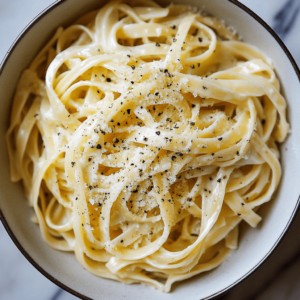
perfect pasta cooking time
Equipment
- Large pot
- Colander
- Wooden spoon
- Timer
Ingredients
- 1 pound pasta of your choice
- 4-6 quarts water
- 1-2 tablespoons salt
Instructions
- Fill a large pot with water. Use about 4-6 quarts for every pound of pasta.
- Bring water to a rolling boil over high heat.
- Add salt to the boiling water. This enhances the pasta's flavor.
- Carefully add pasta to the pot. Stir gently to prevent sticking.
- Set your timer according to the pasta cooking time on the package.
- Taste-test the pasta 2 minutes before the suggested cooking time ends.
- Once pasta reaches desired texture, drain it in a colander.
- Serve immediately with your favorite sauce.
